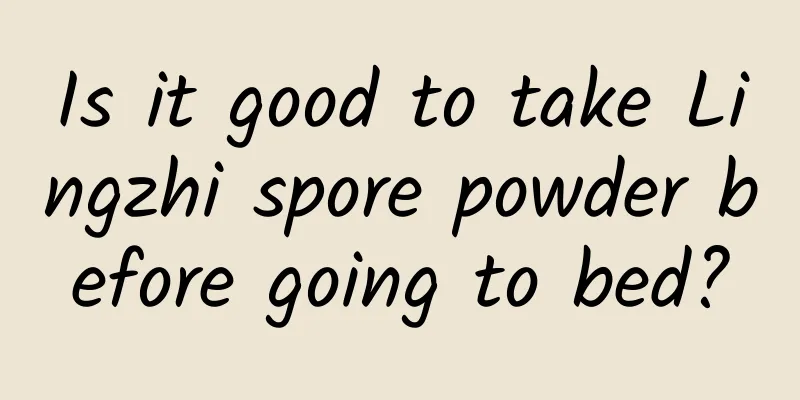The efficacy and function of white cinnamon root

|
In daily life, people are not only very familiar with various foods, but also come into contact with a lot of medicines in daily life. Among them, white cassia root is a relatively common Chinese medicinal material. Given that there are still many people who don’t know much about white cassia root, let’s take a detailed look at it below. 【Alias】 General Tree Root [Source] Medicinal material source: The root of the white cinnamon tree of the Moraceae family. [Original form] 1. A tree, up to 10m tall, with latex all over the plant. Bark dark purple, flaking off in thin sheets; twigs slightly appressed pubescent. Simple leaves are alternate in 2 rows; petioles are 1-2.2 cm long and have short hairs; stipules are linear or narrowly triangular, about 2 mm long, hairy, and have scars after falling off; leaf blades are elliptical or obovate-oblong, 7-22 cm long, 3-8.5 cm wide, acuminate or short acuminate at the apex, cuneate at the base, entire, young leaves are often pinnately lobed, glabrous and shiny on the upper side, densely covered with short grayish-white hairs on the lower side; there are 7-9 pairs of veins, which are interwoven with fine veins to form a network of veins protruding on the back. Flowers are unisexual and monoecious; male inflorescences are single and axillary, obovate or clavate, 1.5-2cm long, 1-1.5cm in diameter, with a peduncle 1-2cm long and covered with light gray short soft hairs; male flowers have 4 tepals, separate, linear or spoon-shaped, 1mm long, densely covered with fine soft hairs; stamen 1, filaments oblong, anthers oval. The aggregate fruit is nearly spherical, 3-4cm in diameter, yellow, brown when dry, covered with short hairs, with inconspicuous, persistent nipple-like protrusions on the surface, sepals separated in the adaxial part, and about 12 pieces when fruiting; the fruit stalk is 3.5-6.5cm long and covered with short soft hairs. The flowering period is late spring and early summer, and the fruiting period is autumn. [Habitat distribution] Ecological environment: 1. Grown in warm mountainous areas at low altitudes, roadsides, forest edges or sparse woods. 【Nature and flavor】 sweet; light; warm 【Functions and indications】 Dispel wind and dampness; promote blood circulation and dredge meridians. Mainly used for rheumatic pain, headache, and insufficient milk in postpartum women [Usage and Dosage] For oral use: decoct in water, 15-30g; or soak in wine. 【Excerpt】 Chinese Materia Medica Through the introduction in the above article, I believe everyone has a certain understanding of white cinnamon root. I hope everyone can follow the doctor's advice when taking it, and at the same time pay attention to exercise to enhance their own resistance. |
<<: The efficacy and function of stinking vitex
>>: The efficacy and function of stinkweed
Recommend
How to distinguish the authenticity of Cistanche tubulosa
I believe everyone should have a certain understa...
The efficacy and function of dwarf euonymus
In daily life, people are not only very familiar ...
What diseases can wolfberry cure?
In our daily life, many friends use wolfberries t...
What are the effects and functions of Ginseng Jianpi Pills?
Ginseng Jianpi Pills have the effects of replenis...
Why do moths like to circle around lights?
Perhaps we can imagine such a scene On a clear su...
The world's first living reproductive robot is born: AI participated in the design and has reproduced for 4 generations
You may have heard of manufacturing robots, assem...
The efficacy and function of tangerine leaves
In today's society, health preservation seems...
The efficacy and function of magnolia officinalis
The efficacy and function of the Chinese medicine...
It’s really embarrassing to have this disease! Try this root.
Perilla (scientific name: Perilla frutescens), al...
The efficacy and function of moxibustion on Polygonatum
Do you know what Polygonatum sibiricum is? It is ...
Can women eat wolfberry to whiten their skin?
It is well known that wolfberry has the effects o...
[Creative Cultivation Program] Go crazy with sunflower seeds snacks, but don’t forget to pay attention to this thing in the packaging bag
Author: Chen Wen Reviewer: Han Hongwei Recently, ...
Severe cases can be fatal! These 4 things may cause blood clots, which many people often do but have been ignored
In life, many people may not regard thrombosis as...
The efficacy and role of sickle feather cyperus
As a traditional Chinese medicine, Kaempferia sco...
What are the side effects of broken wall pine pollen?
Do you know about the medicinal material broken w...









